Introduction:
Granolithic Concrete, to give it the Sunday name, is usually referred to as "Grano".
Its main use is probably as benching for manholes, creating a brutally hard-wearing yet smooth and snag-free surface for all those rolls and curves and sweeps that are needed at the base of a chamber, which can only be created if we have a wonderfully workable and cooperative medium that can be ironed to a tight finish but be capable of being built-up into slopes that will provide no resting place for the rodent population.
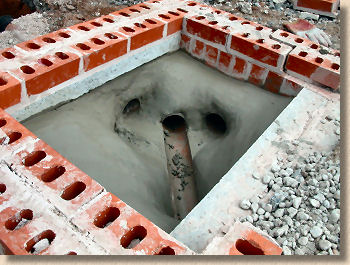
Other uses are as fine-grade toppings for existing concrete floors and pathways. It can be super-trowelled using power floats to give a deliciously smooth surface, or textured with dimple rollers and tamping boards to create added traction. It can even be polished to give an ultra-fine decorative finish for high quality floors and pavements.

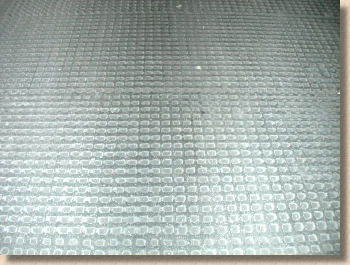
And increasingly, it's being used as a fine bedding concrete for commercial or civic paving. Grittier than a 0-4mm grit sand, but easier to screed to level than a 10mm concrete, more and more contractors are finding that grano provides the ideal medium for a bound laying course.
The ingredients
The key ingredient is the grano itself, sometimes referred to as 'Grano Dust'. It's most commonly supplied in 25kg bags but is also available in bulk bags (900kg ±5% allegedly, according to Builders' Merchant Federation. Yeah, right!).
Grano Dust is a gritty fine aggregate, roughly 6mm to dust and usually formed from stone such as limestone or granite (hence the name), but is increasingly 'supplemented' by recycled aggregates such as crushed brick. A big problem fro Grano Dust is that it's more-or-less unspecified. Even in these days of mega-regulation, a conformity Declaration of Performance as required by BS 12620:2013 Aggregates for Concrete lists two pages of qualities nearly all of which read "NPD" - No Property Declared. Completely meaningless and a waste of paper, but a legal requirement. A good grano dust has a generous grading with enough larger particles to give it strength but plenty of smaller fines to ensure a tight finish.
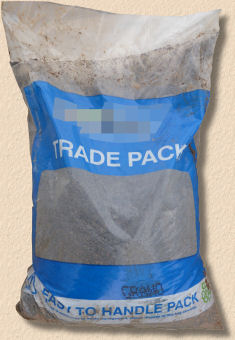
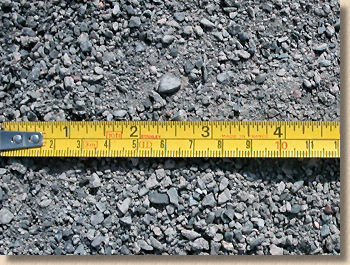
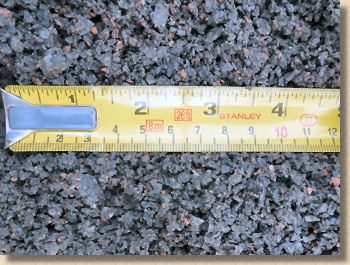
The Mixing Process
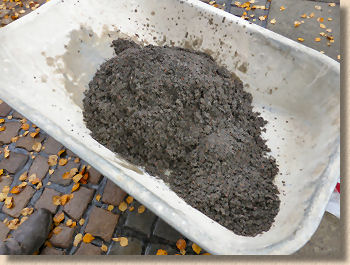
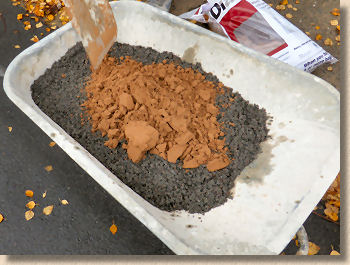
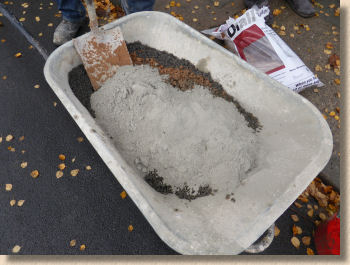
For a small quantity, it's possible to prepare the grano in a wheelbarrow, as shown below, but for anything more than a two-bag mix (50kg or more) the use of a powered mixer is strongly recommended, not just because it ensures a thorough and even distribution of the ingredients, but it's much easier on the arms and back!
Mix Ratio
Pure - no added sand For when a smooth finish is not essential
7 : 2
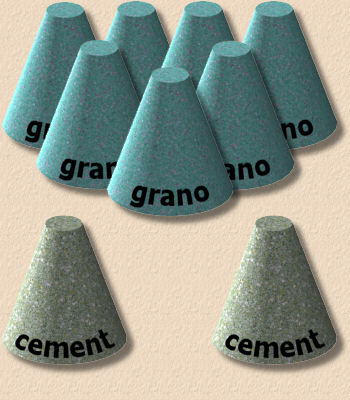
25kg grano dust to 7kg cement
Softened - added sand For a super smooth finish
6 : 1 : 2
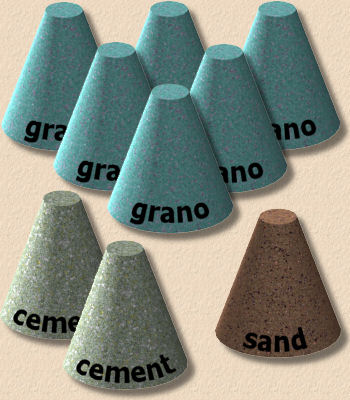
25kg grano dust to 4kg soft sand to 8kg cement
Additives such as a plasticiser to make the mix more workable or SBR to improve adhesion and/or create a waterproof mortar can be used if required.
Due to the wide variation in products, it's not possible to give a universal dosage rate for any particular additive. One plasticiser might require 50ml per litre of gauging water while another might need 100ml. Refer to the manufacturers' recommendations which should be included on the packaging of any additive.
